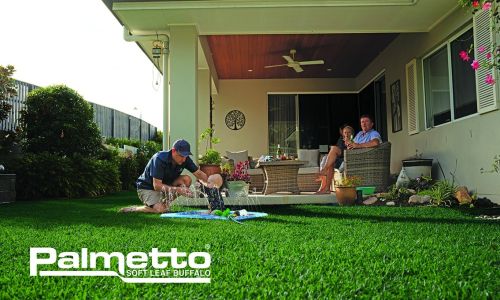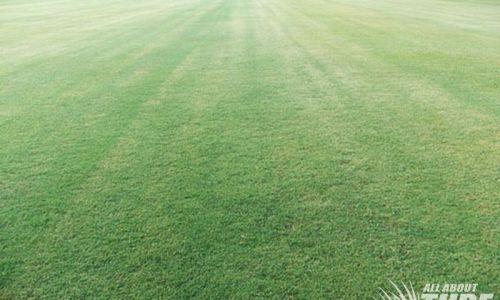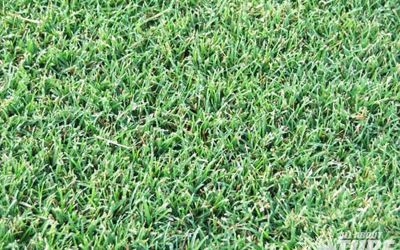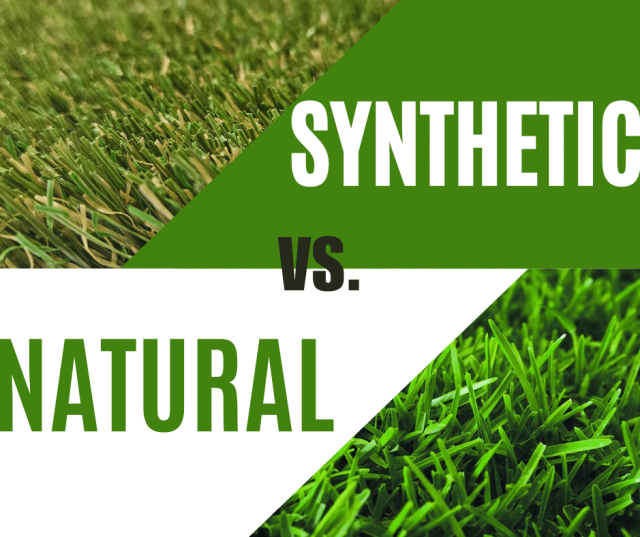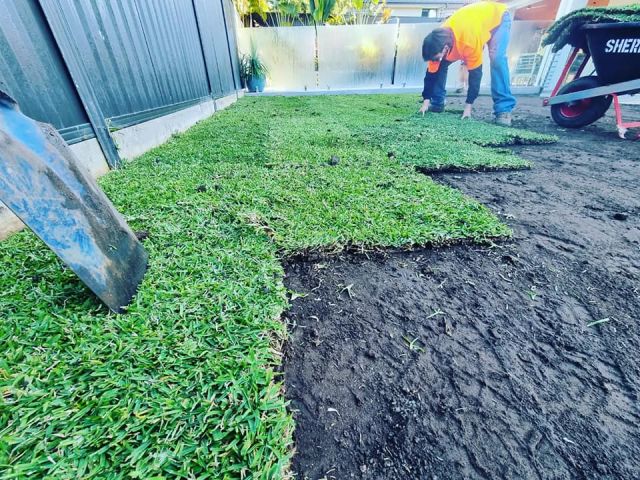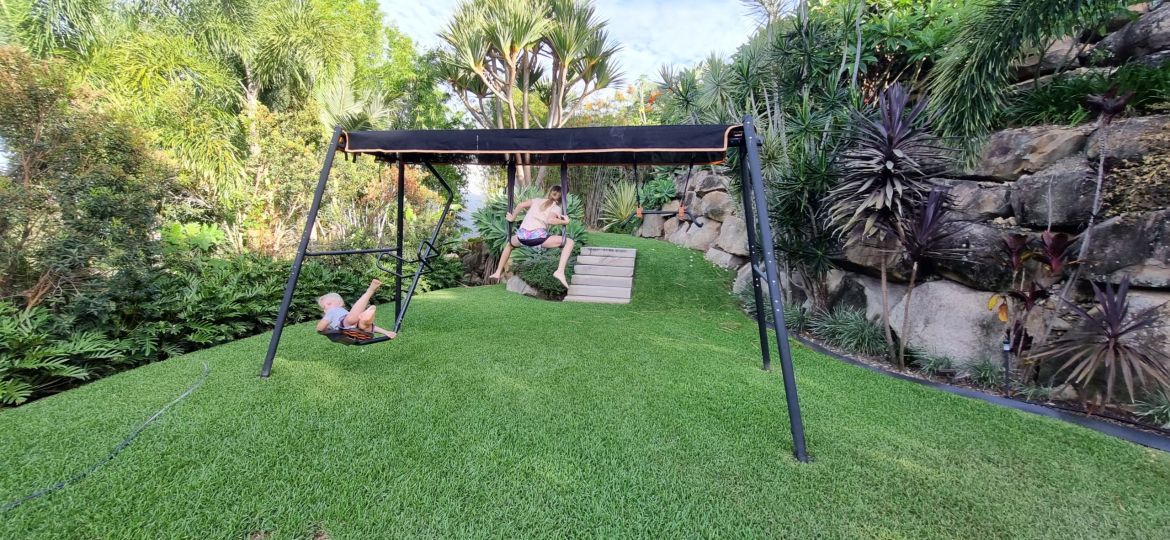
Couch Grass VS Buffalo Grass
Couch turf and buffalo turf are two common types of lawn grass with different characteristics. Couch turf is known for its rapid growth and drought tolerance, making it suitable for high-traffic areas. On the other hand, buffalo turf is softer and requires less maintenance, making it a popular choice for residential lawns. The decision between the two ultimately depends on factors such as climate, maintenance preferences, and intended use of the lawn.
When deciding what turf is best for your property, here are factors that you should consider:
Shade Tolerance
Buffalo grass is known to have better shade tolerance compared to couch grass. While both grasses prefer full sun, buffalo grass can tolerate some shade and may still thrive in partially shaded areas, whereas couch grass tends to struggle in shady conditions and may not grow as well or may die off. It’s always important to consider the specific growing conditions and light exposure when choosing the right type of grass for your lawn.
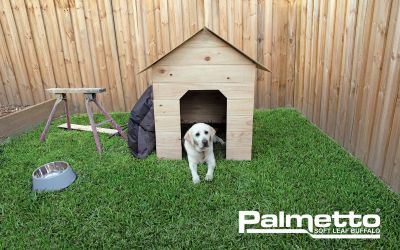
Buffalo grass is a warm-season turfgrass that is known for its high shade tolerance compared to other warm-season grasses. It can thrive in areas with reduced sunlight, making it a popular choice for lawns in shadier environments.
Sun requirements: 3 + hours per day
Couch grass, also known as Bermuda grass, grows best in full sun but can tolerate some shade. However, it may become thin and sparse in shaded areas compared to the dense growth in full sun.
Sun requirements: 6 + hours per day.
Weed Tolerance
While Couch turf and Buffalo turf are both hardy and drought-tolerant grasses commonly used for lawns, they have different levels of weed tolerance.
Couch turf, is a common perennial weed that can quickly spread and overtake lawns and gardens. It has an extensive root system and can be difficult to control. Regularly pulling out the grass by hand or using herbicides specifically designed to target grassy weeds can help manage its growth. It’s important to stay vigilant in addressing the issue to prevent further spread and minimize its impact on other plants in the area. You can look for a range of fertiliser options here to help maintain your Couch.
Buffalo turf is known for its high tolerance to weeds, making it a popular choice for lawns and landscapes. Due to its dense growth habit and deep root system, buffalo turf can outcompete many types of weeds, reducing the need for herbicides and manual weed control efforts. This makes it a low-maintenance option for those looking for a natural weed deterrent in their landscaping.
Wear Tolerance
Couch grass has higher wear tolerance compared to Buffalo grass. Couch grass is known for its tough and durable nature, making it more suitable for areas that see heavy foot traffic or frequent use, while couch grass may not be as resilient in high-traffic areas. Couch grass is often used in sports fields and parks where wear tolerance is a key factor in maintaining the turf’s appearance and health.
Appearance
Couch turf, also known as Bermuda grass, has long, thin leaves that grow in a dense manner, with a light to dark green color. On the other hand, buffalo turf has wider, bluish-green leaves that are slightly curled around the edges, giving it a softer appearance compared to the more wiry texture of couch grass. Additionally, buffalo turf tends to have a more compact growth habit compared to the more sprawling growth pattern of couch turf.
Price
The price of couch turf and buffalo turf can vary depending on several factors such as the region, supplier, quality, and quantity needed. Generally, buffalo turf tends to be more expensive than couch turf due to its lower maintenance requirements and higher drought tolerance. It is recommended to get quotes from different suppliers to compare prices and choose the option that best fits your budget and needs.
While price will be an important factor when choosing the appropriate turf for your property, it is important to consider the overall maintenance of a turf as well as these factors. Couch turf is a cost-effective turf to purchase, but will require more maintenance than Buffalo turf.
See our Turf Varieties here to learn more.
